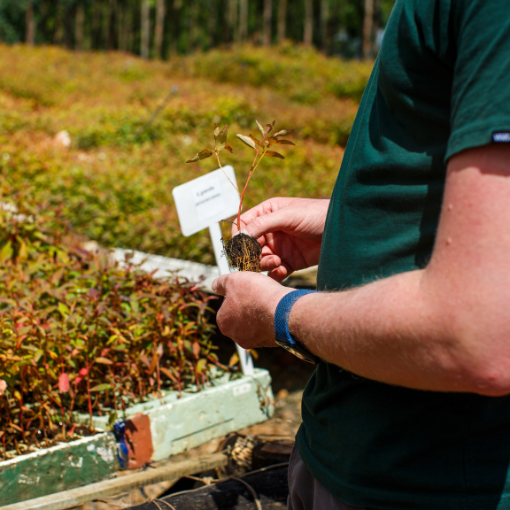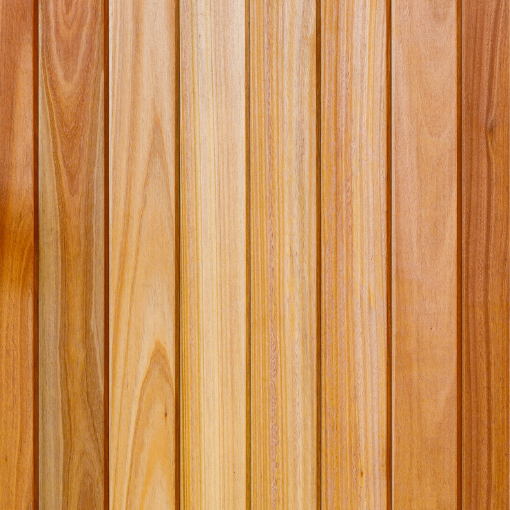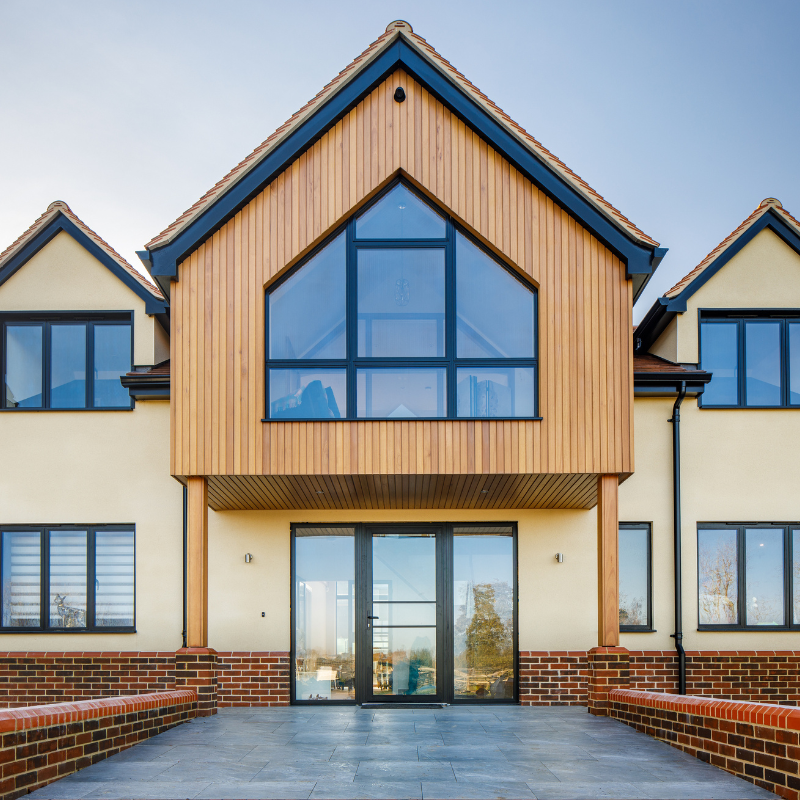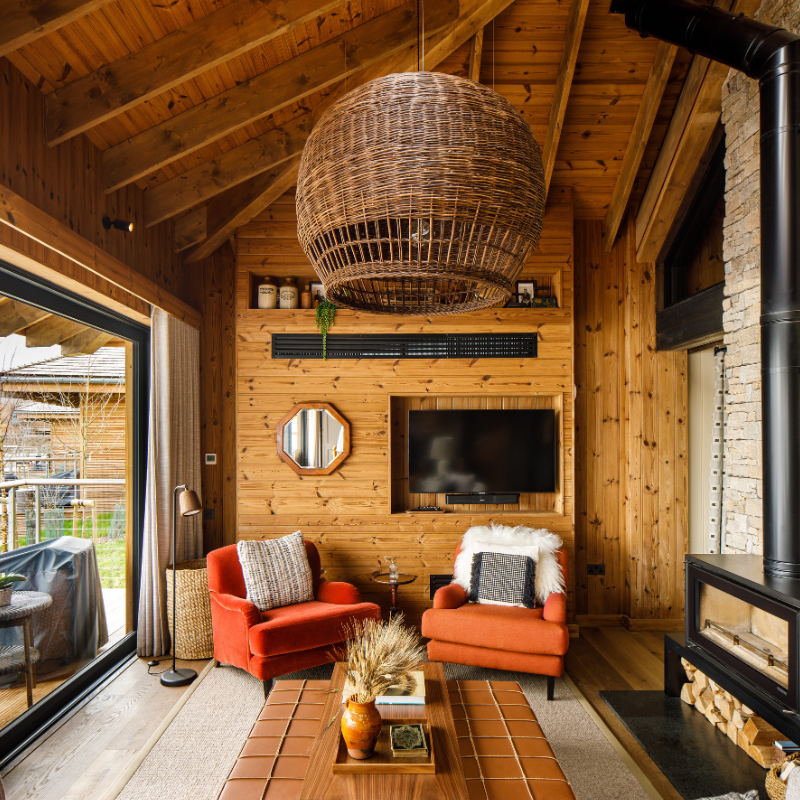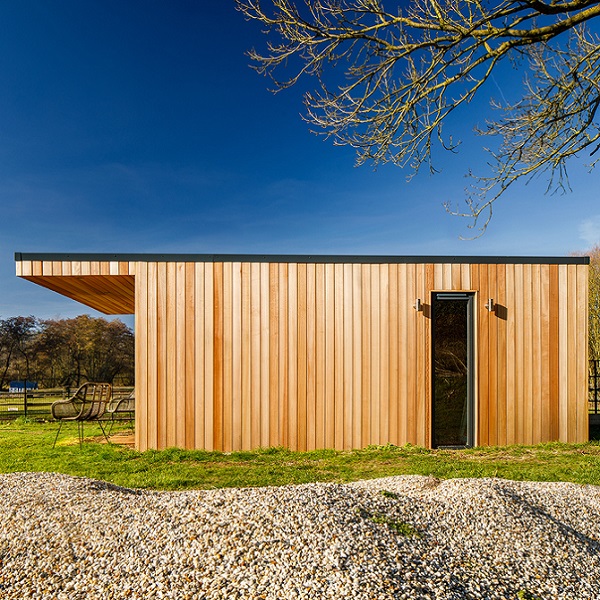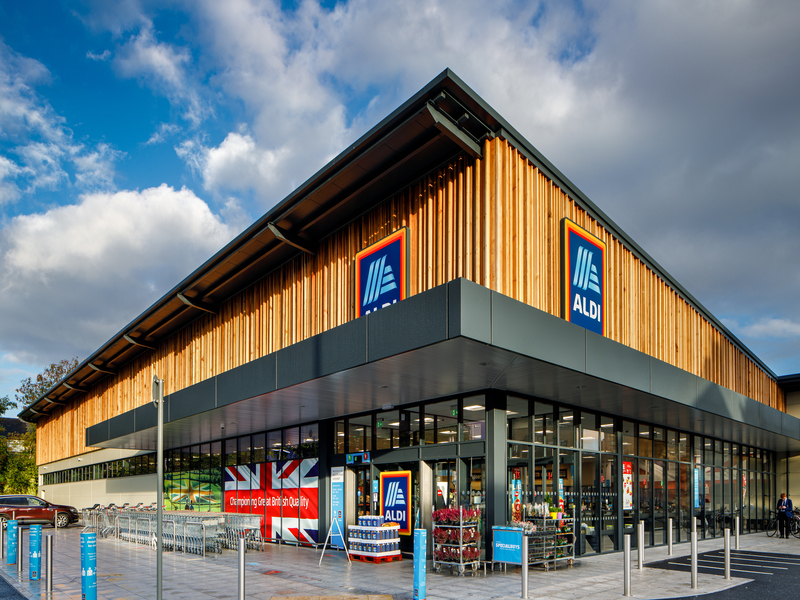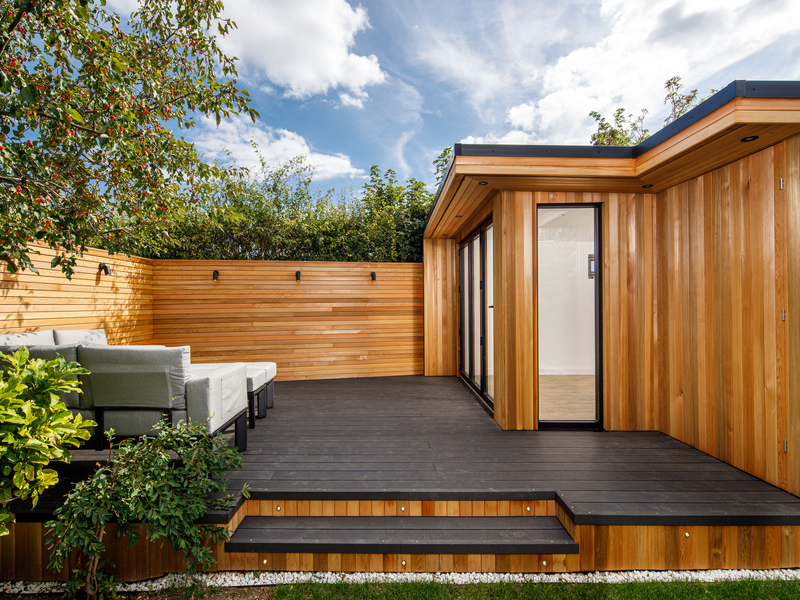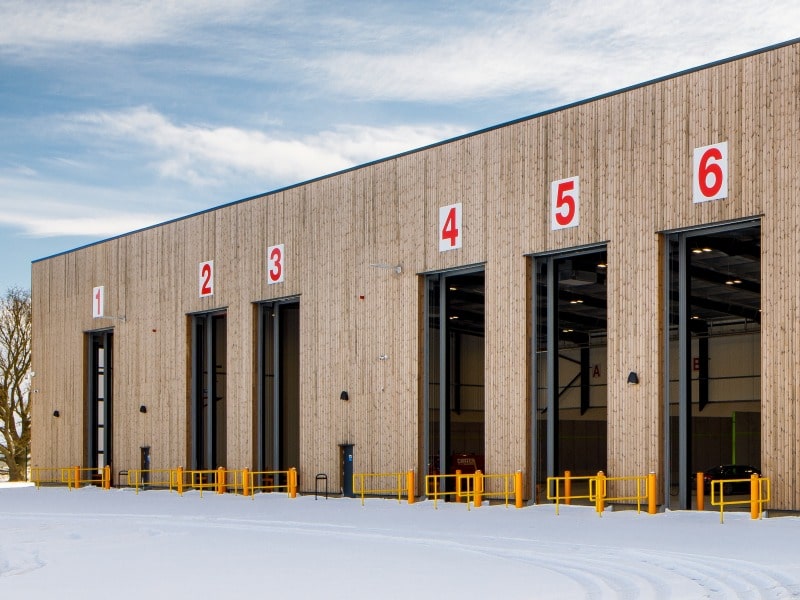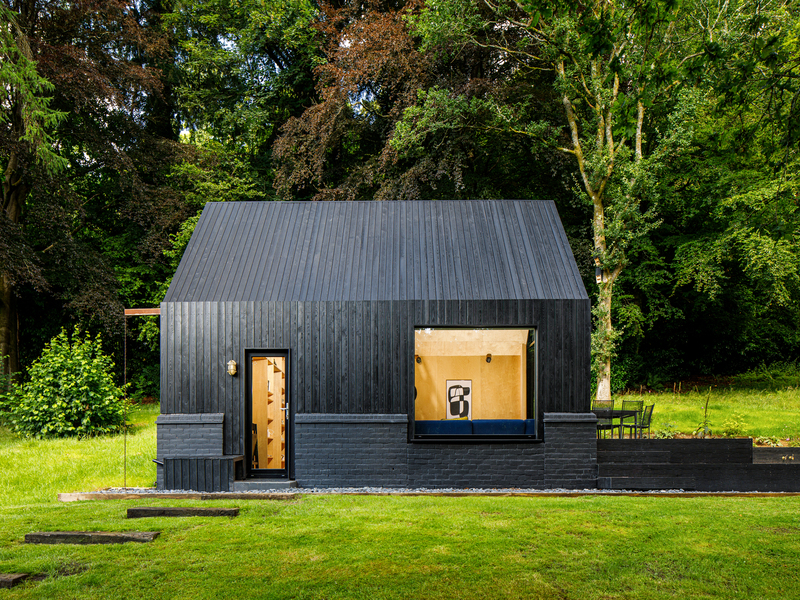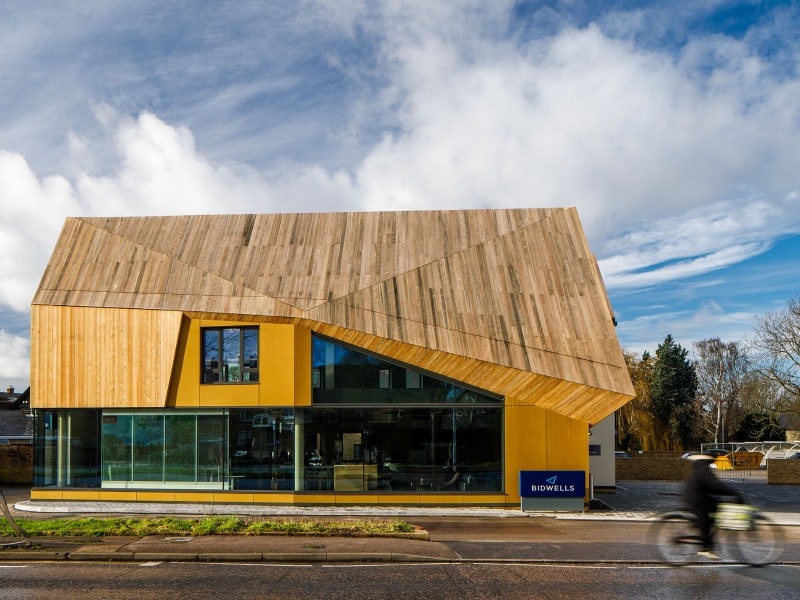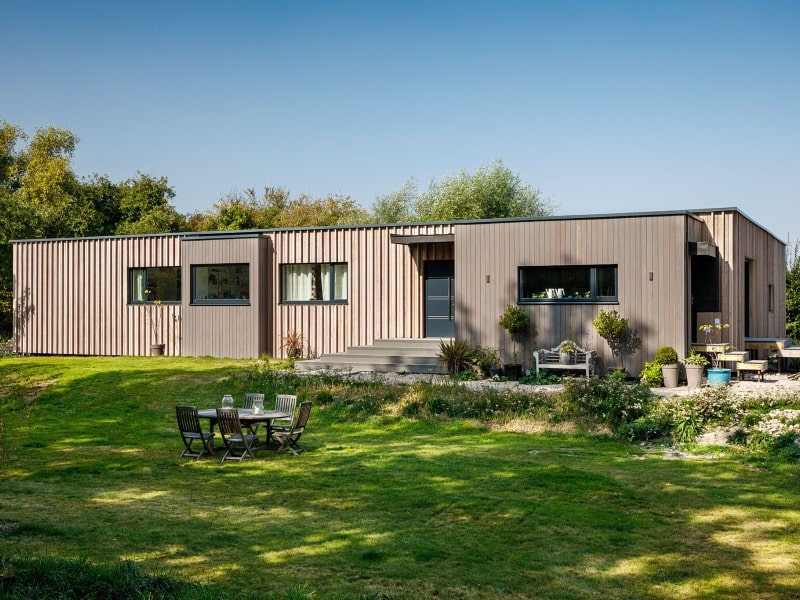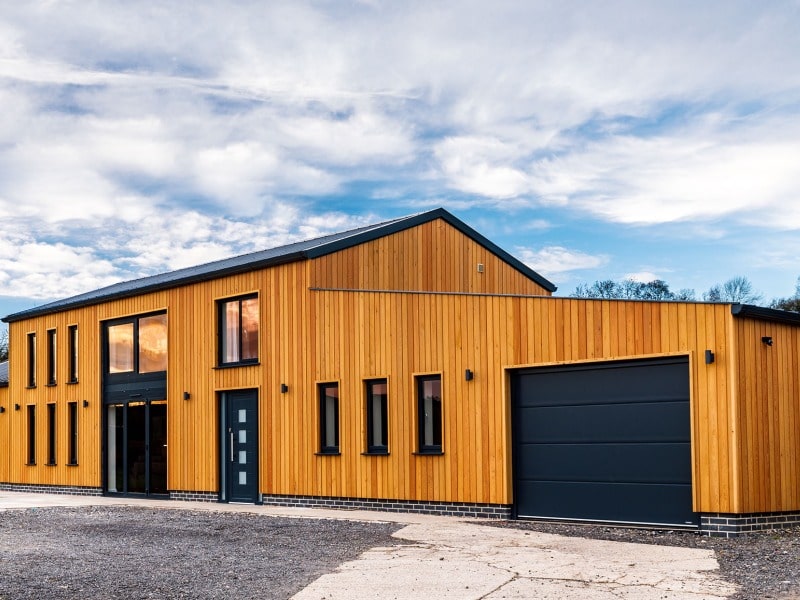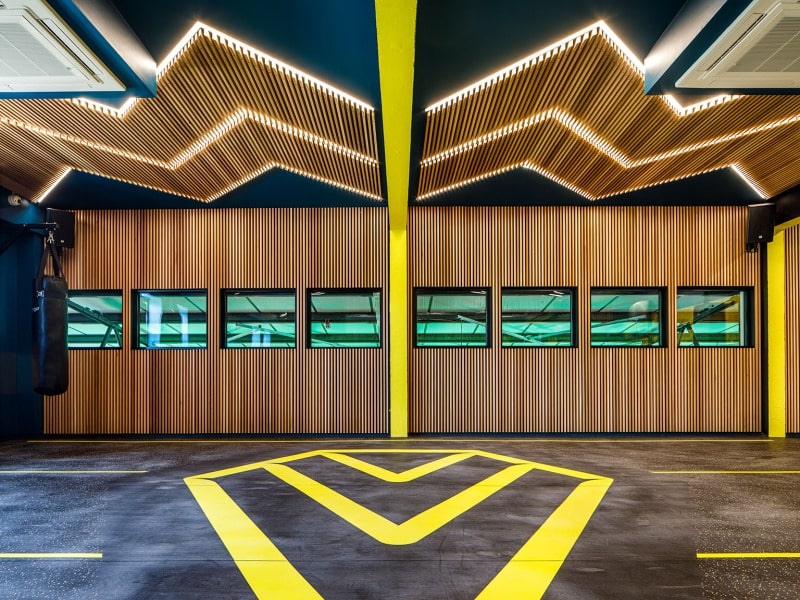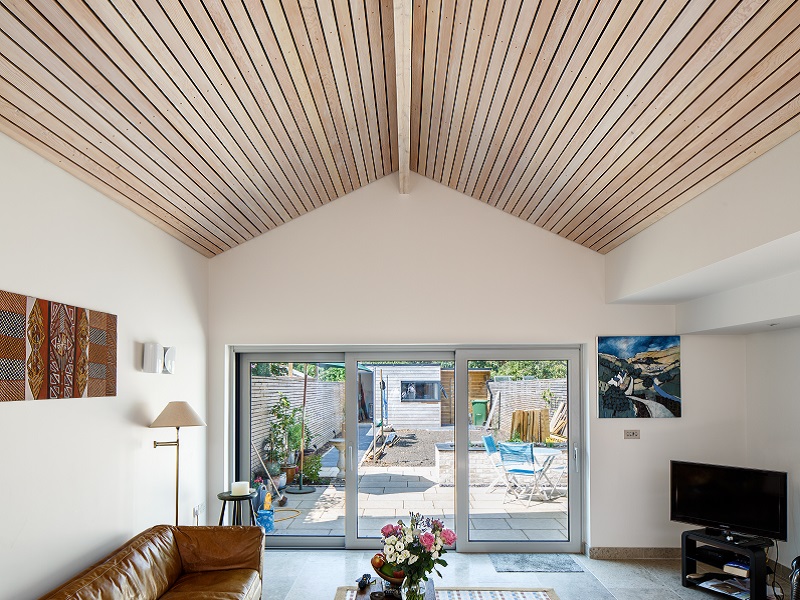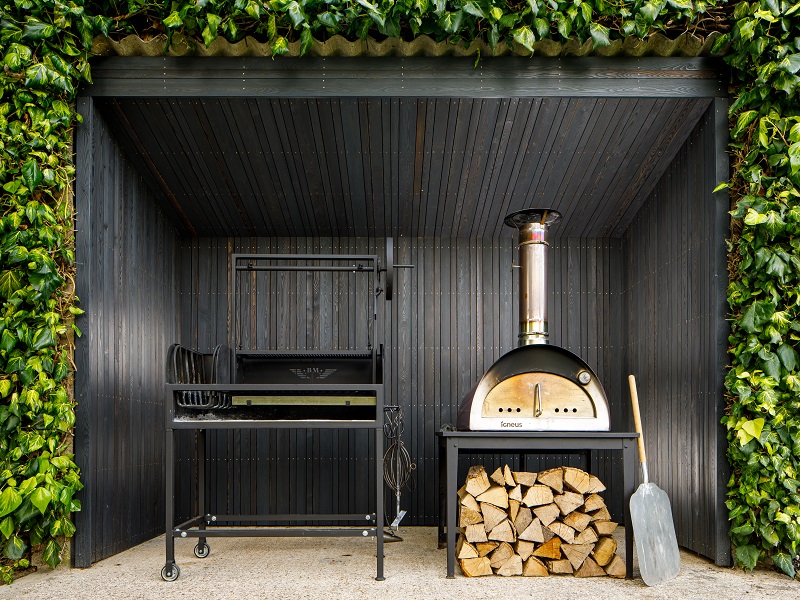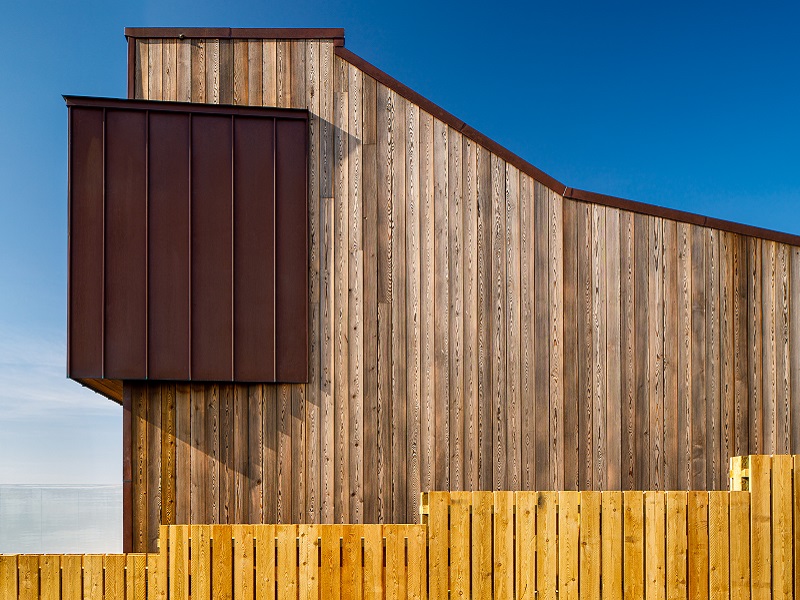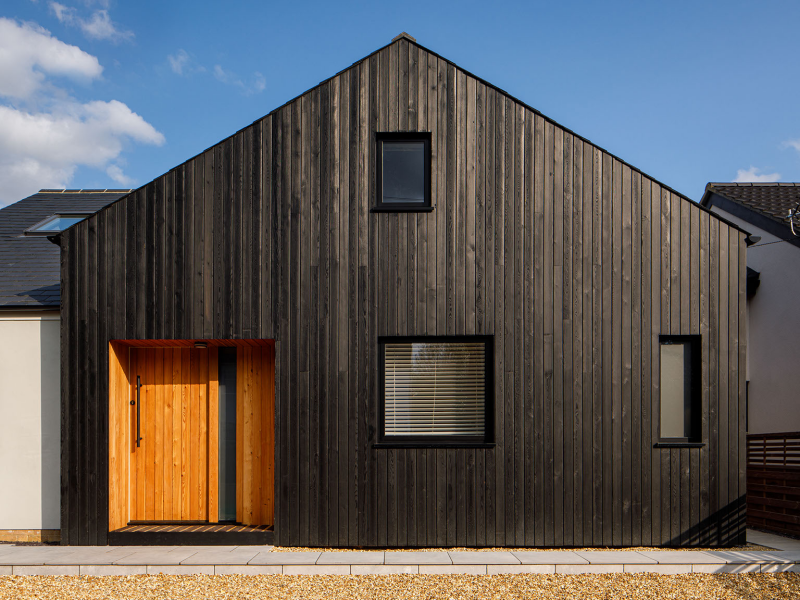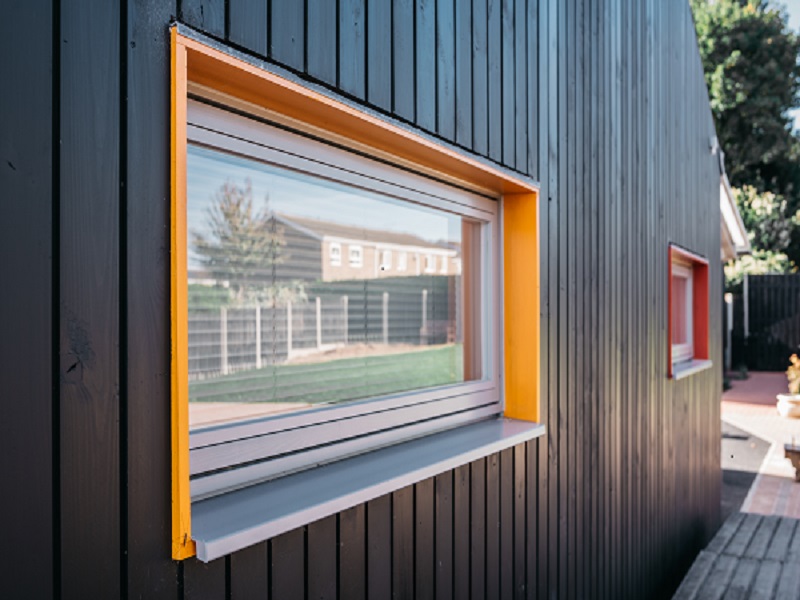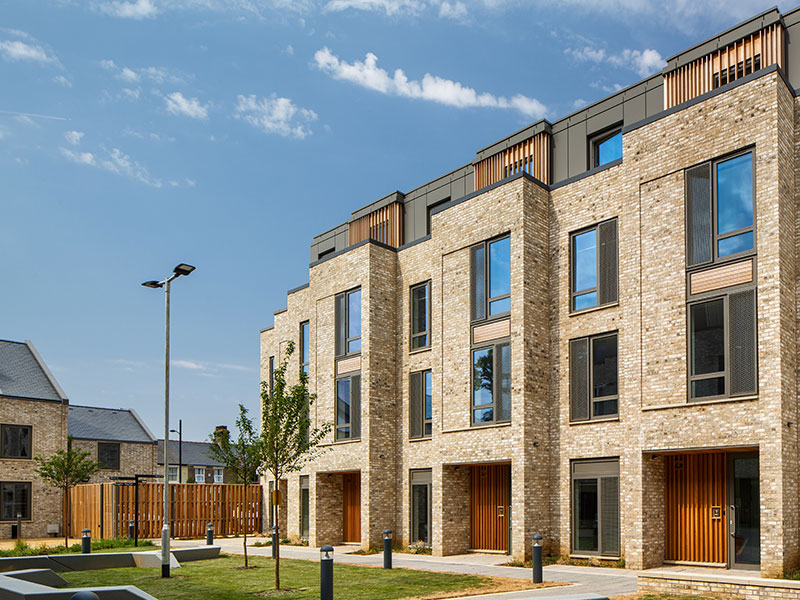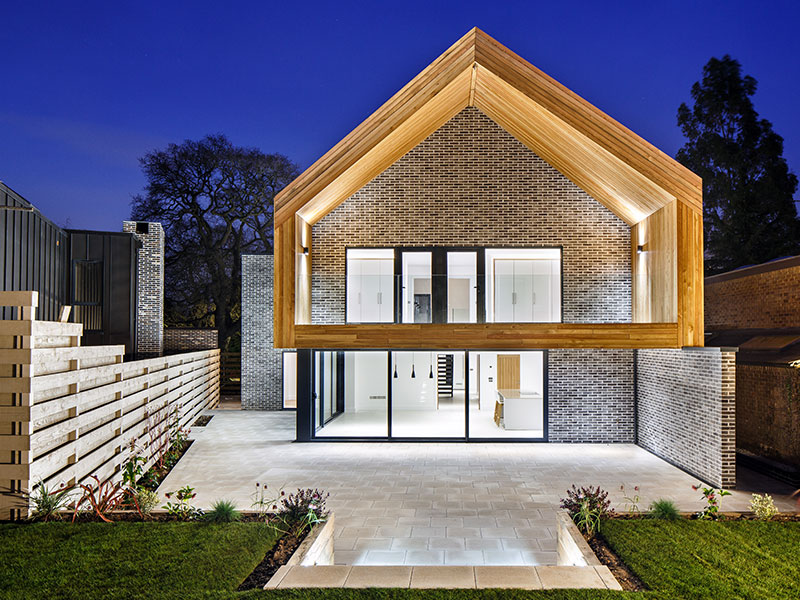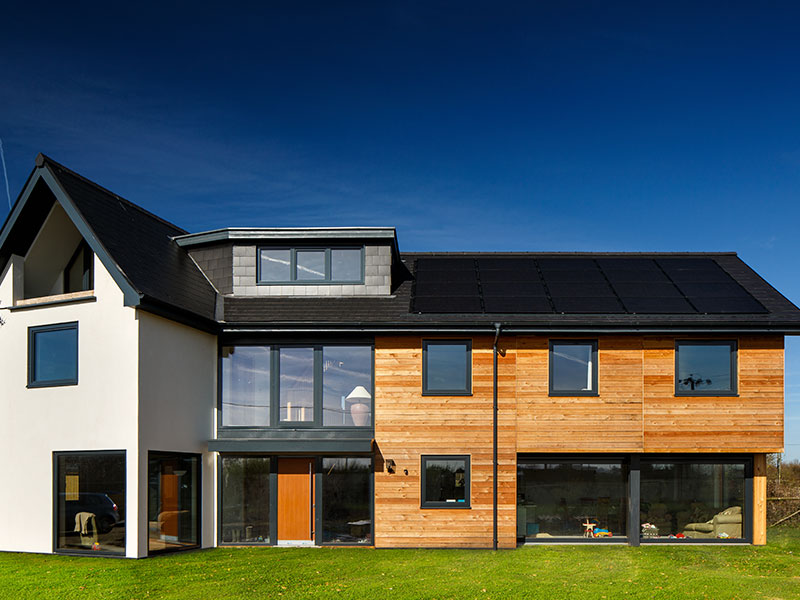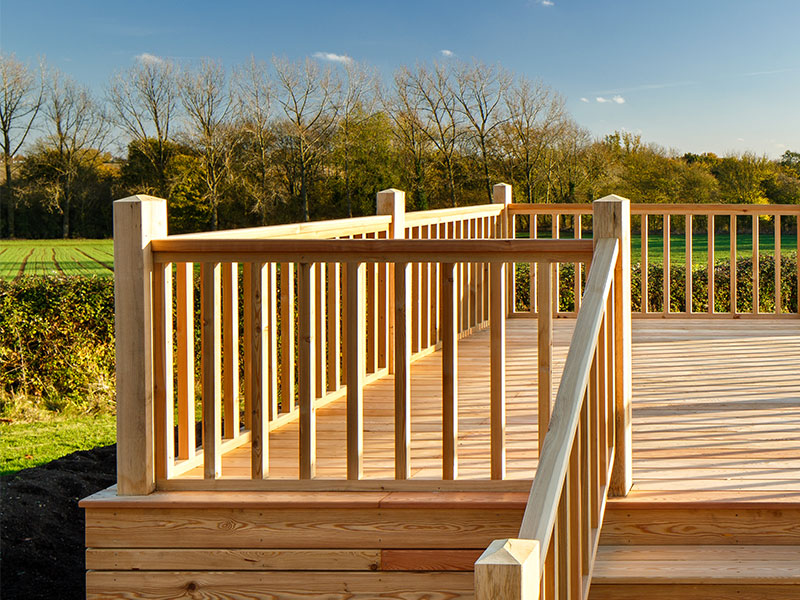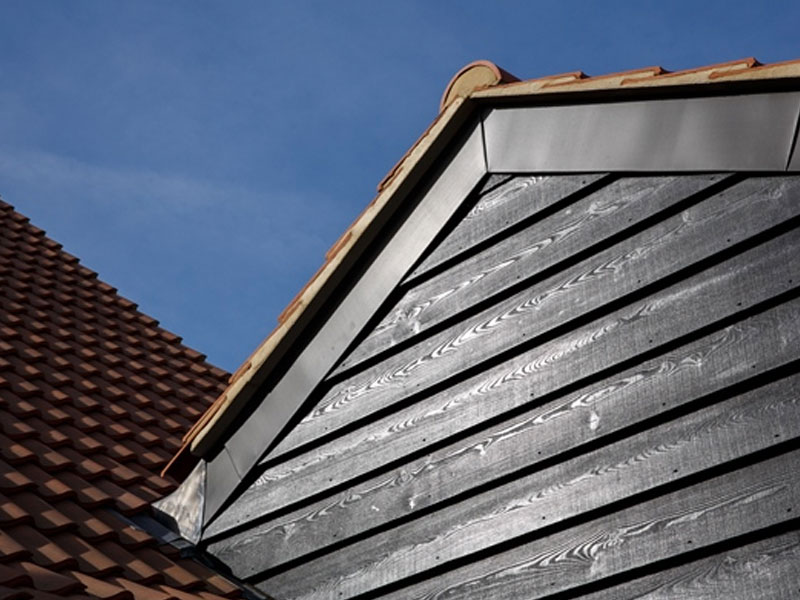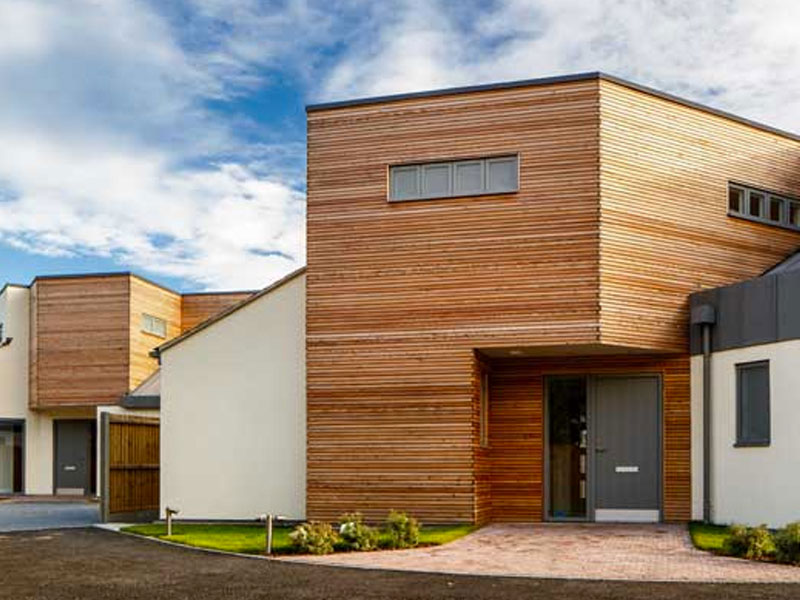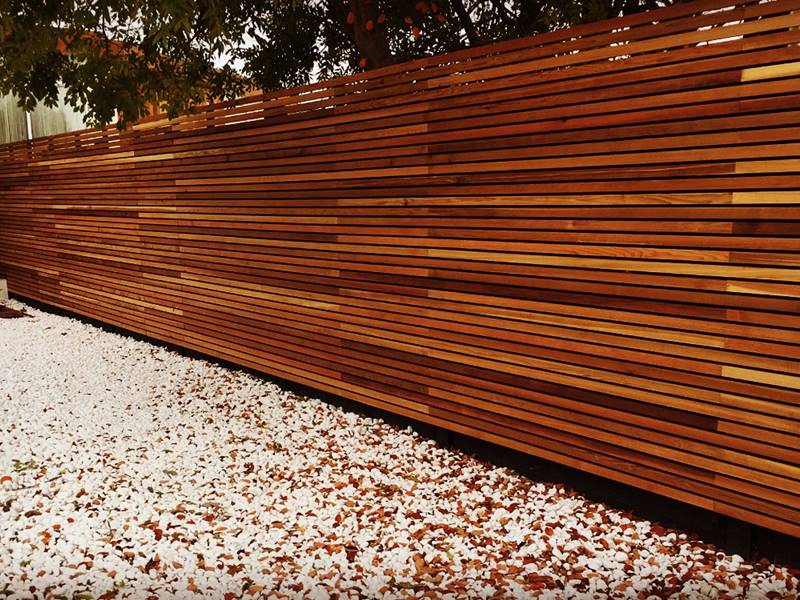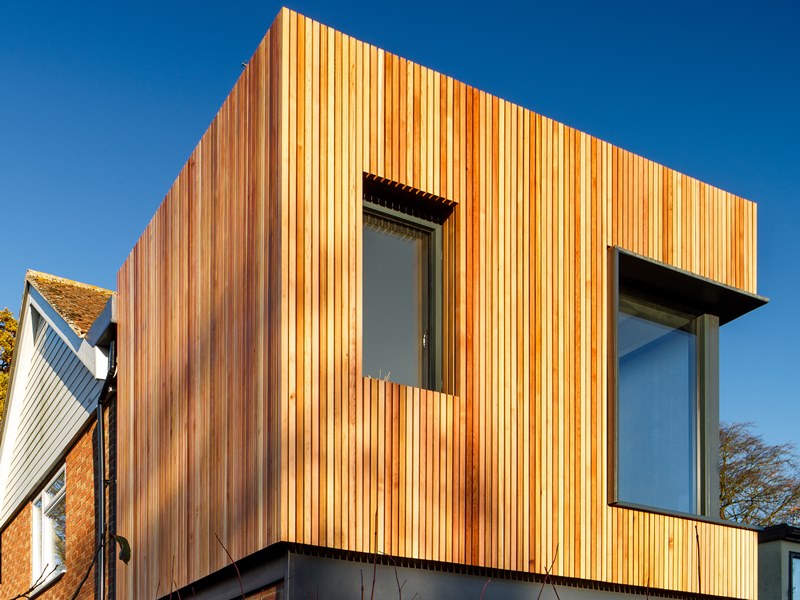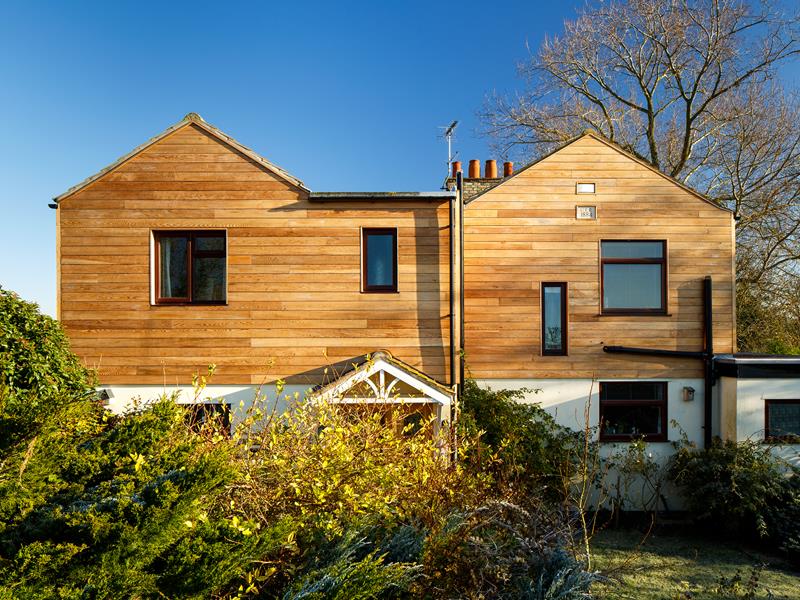Modern Forestry practices
– growing Southern Grandis® with the future in mind.
Written in collaboration with Tertius Venter – Nursery & Research Manager
30th June 2023
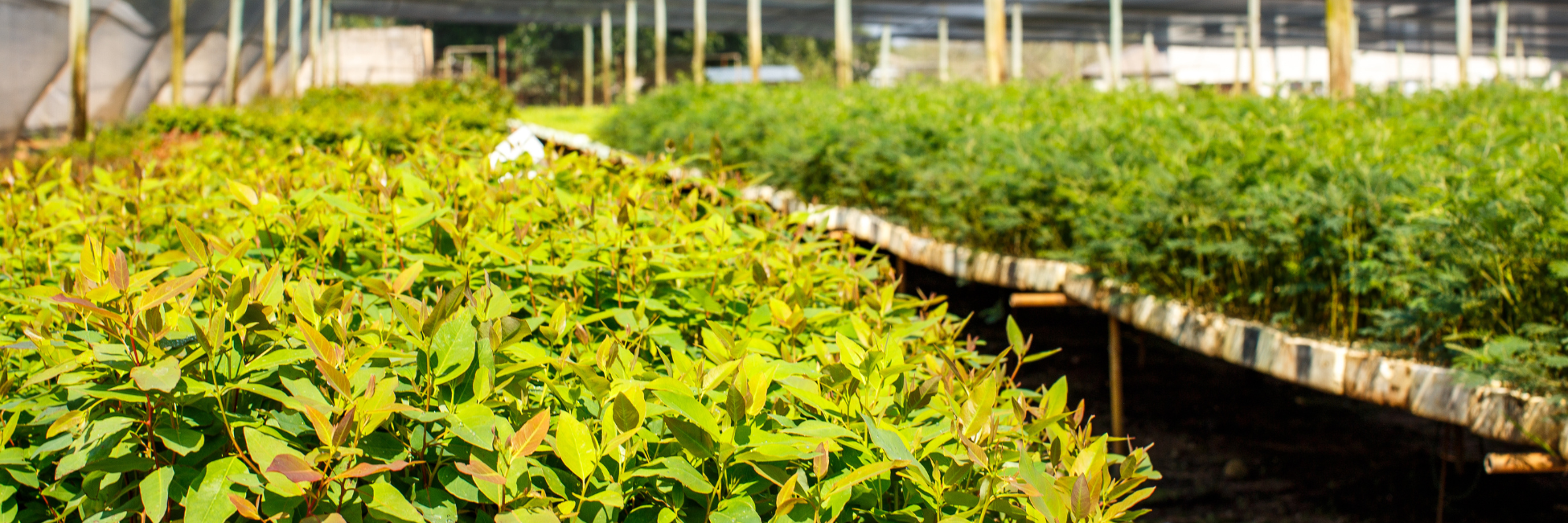
As the Latin name suggests, the Eucalyptus grandis tree is large, tall, and truly grand, and as the most commonly planted Eucalypt in the Southern hemisphere, the timber of this species is utilized in many exciting and wonderful ways. A truly remarkable forestry species, however it did not get onto the most wanted list all by itself. Many decades of research and breeding have been poured into E. grandis to create the magnificent tree that we know today.
So how has Eucalyptus grandis been genetically improved as a species? Different companies breed trees for different purposes, some focus on the pulp and paper industry whilst others are more specialized in the production of solid wood. Regardless of the end use, the breeding process remains largely the same with the differences in company focus being the timber traits that are being bred for. This breeding occurs where the expression and frequencies of genes within a population are altered through sexual reproduction and recurrent selection. Breeding can therefore also be defined as a form of evolution within which strategically selected traits are, to some extent, controlled by man for a specific purpose.
Common traits that are bred for include, stem volume, stem straightness, wood density, wood grain spirality, reduced wood splitting, reduced lignin percentage and pest & disease resistance. The more traits we attempt to breed for, the slower the progress will be on any one trait. Breeders should have clear strategic objectives that will maximize improvement and value recovery (for both the tree grower and the end-user) whilst maintaining a viable breeding population. Breeding cycles in Eucalypts may take a few years to complete and are governed by not only the time it takes for the trees to reach sexual maturity but also by trait maturity. Extensively bred traits such as wood end splitting have been almost completely eliminated, whilst wood shrinkage and density, which affect timber drying defects, are constantly improved upon. All the while tree growth is rapidly increasing to the extent that some outstanding trees reach 7 to 8 meters tall in the first year!
In plantation forestry, as practiced with Southern Grandis, improved genetic material is deployed in both the form of varieties from cuttings, and seedlings from genetically improved seed. Seedlings provide the benefit of genetic diversity within a plantation environment which reduces the risk of pests, diseases, and other environmental effects wiping out entire populations. Genetic diversity does however mean variability both in growth and wood traits. Cutting varieties on the other hand provide for uniform growth and wood traits, as each tree is genetically identical, but this carries higher risk of severe loss if a pest, disease, or other environmental factors are newly introduced, and the variety is susceptible to these factors.
The timber of E. grandis is versatile and solid wood applications include cladding, decking, furniture, structural timber, and internal panelling. The natural oils in the timber assist in fending off destructive insects and when well-maintained it has a service life of 25 years. The attractive natural white to reddish pink tones are beautiful when left to weather naturally or when paired with a factory coating, providing a durable and cost-effective alternative to Western Red Cedar.
Not only does Southern Grandis look good but it does good too! Certified, plantation grown timber ensures sustainable forestry management practices have been used to protect indigenous forests and places importance on biodiversity. Eucalyptus grandis is a species that flowers early and easily and provides great sources of pollen and nectar for bees and other insect populations to thrive. Plantations are run to give back to nature and the communities that care for it. In addition, the rapid growth of this species as well as its’ wood density results in effective carbon capture, above and below ground, whilst also adding much-needed oxygen to the atmosphere.
Millworks builds relationships with local sawmills and support programmes that aim to drive positive, long-term social and economic change, whilst maintaining development of silviculture practices to ensure the continued growth of high-quality Southern Grandis timber.

